Your eyes are critical to your health and well-being, so we want to provide you with the most advanced and accurate analysis of your eyes possible. AOA leverages the latest technology giving you the best possible view of your eyes.
What is Advanced Ocular Analysis?
Carrot LASIK & Eye Center has designed this exclusively to give our patients what their eyes deserve.

What does the Advanced Ocular Analysis Include?
2. OCT of the macula and optic nerve
Optical coherence tomography (OCT) is a non-invasive imaging technique routinely used in ophthalmology to visualize and quantify the layers of the retina. It also provides information on optic nerve head topography, peripapillary retinal nerve fiber layer thickness, and macular volume which correlate with axonal loss.

3. Meibomian Gland imaging
Meibomian glands are responsible for the supply and secretion of meibum – an oily substance that prevents evaporation of the eye’s tear film, lubricates the ocular surface, and acts as a physical protective barrier. It is imperative to ensure that the meibomian glands are functioning properly before any ocular surgery as they are pivotal in the healing process.

4. HD Analyzer
Only the HD Analyzer measures total optical quality, accounting for light scatter caused by pathologies like early cataracts and tear film instability. The HD Analyzer is the only diagnostic tool that can pre-diagnose the subtle, forward light scatter that affects surgical outcomes for cataract and refractive patients.

5. Endothelial cell count
A corneal cell count will tell you how many endothelial cells are present in the inner layer of your cornea. For intraocular surgery, such as cataract surgery, a cell count of greater than 1,500 cells per mm2 is recommended.

6. Pentacam evaluation of the cornea
The Pentacam takes images of your cornea by using a rotating camera, thus producing a 3D photo of the interior part of your eye. When evaluating patients for LASIK, one of the key pieces of data is elevation analysis at the center of the cornea, and with this rotating camera, that measurement is very precise.

7. iProfiler eval of the current refractive status
The i. Profilerplus is the 4-in-1 compact system with ocular wavefront aberrometer, autorefractometer, ATLAS corneal topographer and keratometer. The fully automated measurement procedure, with easy-to-use touch screen control, enables all measurements of both eyes in approximately 60 seconds.

8. Epithelial mapping of the cornea
The Pentacam takes images of your cornea by using a rotating camera, thus producing a 3D photo of the interior part of your eye. When evaluating patients for LASIK, one of the key pieces of data is elevation analysis at the center of the cornea, and with this rotating camera, that measurement is very precise.

9. Digital refraction
Digital refractor systems were created to allow all aspects of a refraction exam, such as lens combinations and data entry, to be controlled by one panel; yet, some ophthalmic professionals continue to use these manual systems based off the prototype invented in the late ’50s.

10. Stereo vision testing
Stereo vision is a term used to identify how each eye sees an object at a slightly different angle, however under normal circumstances both eyes work together to give us a three dimensional effect. Binocular stereopsis, or stereo vision, is the ability to derive information about how far away objects are, based solely on the relative positions of the object in the two eyes. It depends on both sensory and motor abilities.

11. Color vision testing
A color vision test, also known as the Ishihara color test, measures your ability to tell the difference among colors. A person with normal color vision can typically perceive up to 1 million different shades of colors. Normal color-sighted individuals are Trichromats, meaning that have three different color sensitive cones in their retina: red, green, and blue.

13. Digital Slit Lamp examination
Essentially, a slit lamp is a device that consists of a microscope and light source so that an ophthalmologist can effectively view several parts of the eye in detail, including the iris, lens, sclera, conjunctiva, eyelids, and cornea. With additional lenses, the optic nerve and retina can also be seen.


